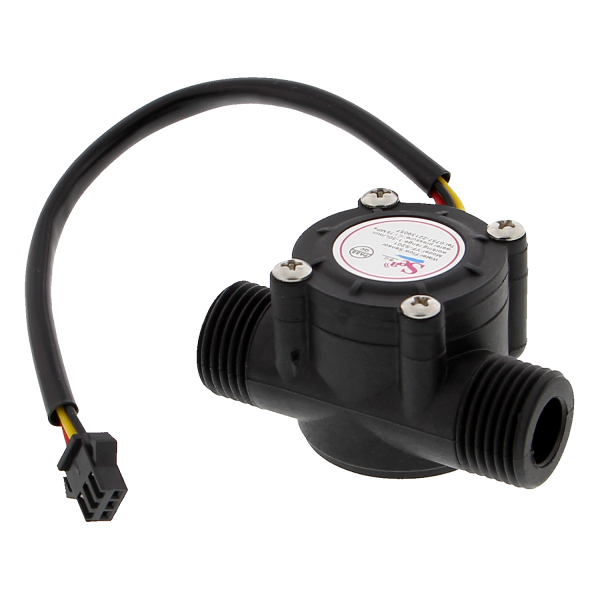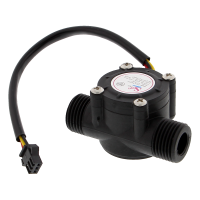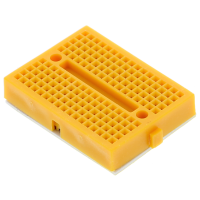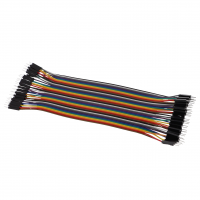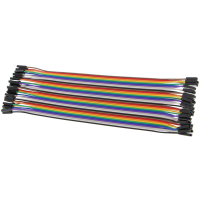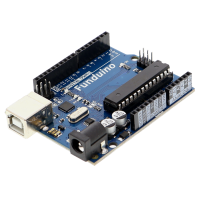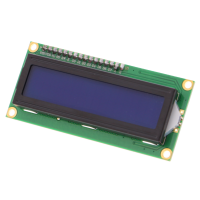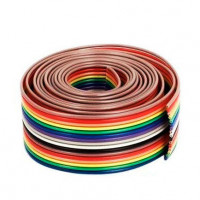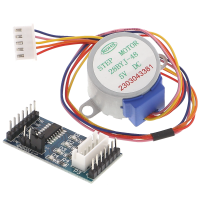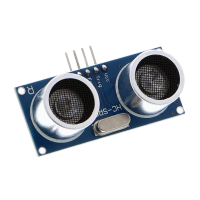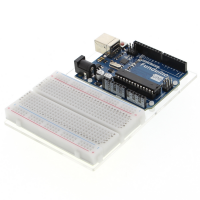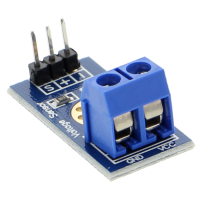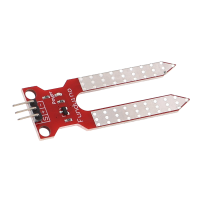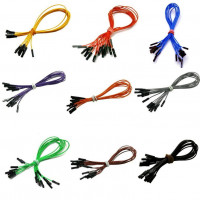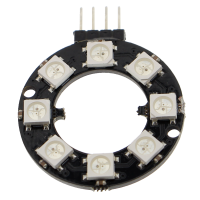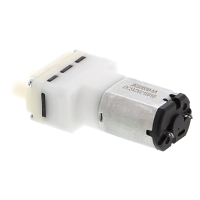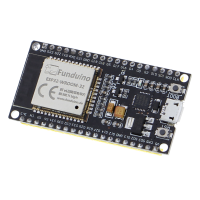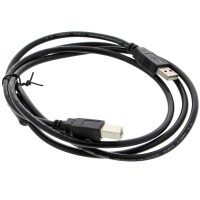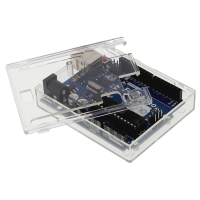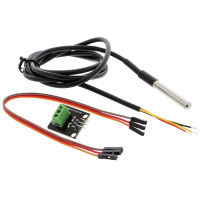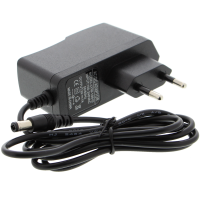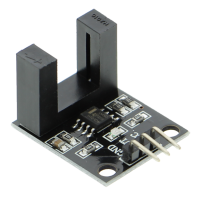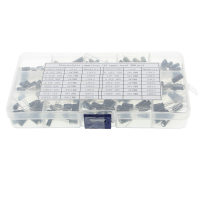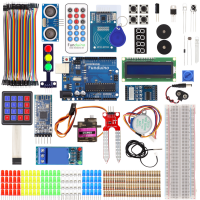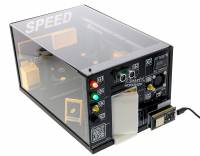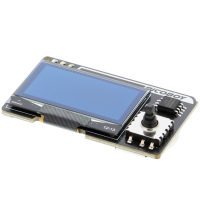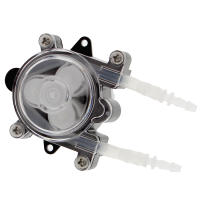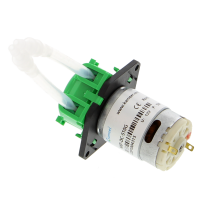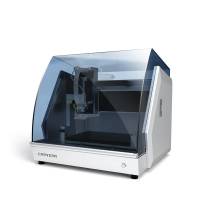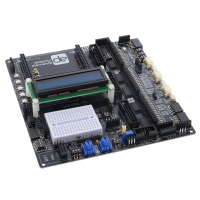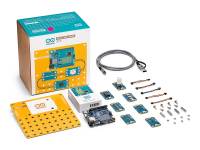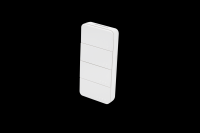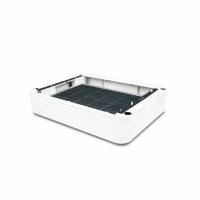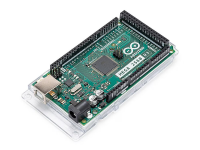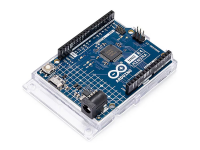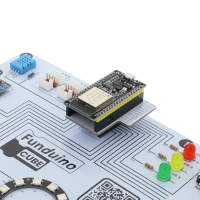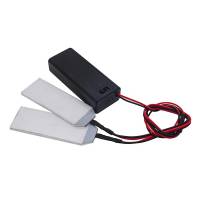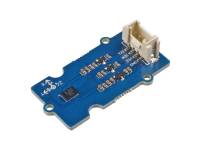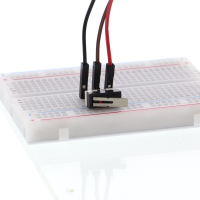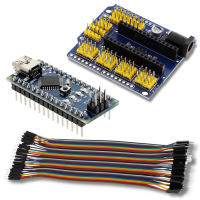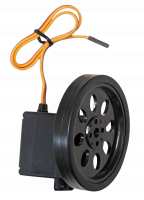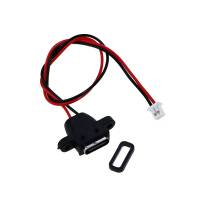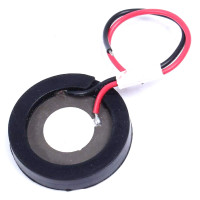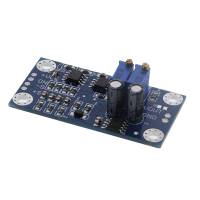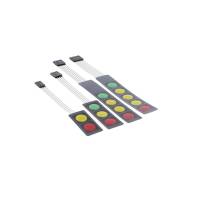YF-S201 Water/flow sensor - 1-30L/min, G1/2, Hall effect
- Item no: F23108558
- Weight: 0,05 kg
- Packing dimensions: 6.2 cm x 3.6 cm x 3.4 cm (L x W x H)










Overview:
This sensor contains a rotating paddle to measure the amount of liquid that has passed through the sensor. There is an integrated magnetic effect sensor (Hall effect sensor) that emits an electrical pulse with each rotation. The Hall effect sensor is separated from the medium (e.g. water) and therefore remains durable for a long time. The sensor has three contacts: red (power 5-24 VDC), black (GND / minus) and yellow (Hall effect pulse output). By counting the pulses from the sensor output, you can easily calculate the water flow.
Note that this is not a precision sensor and the pulse frequency will vary slightly depending on the flow rate, fluid pressure and orientation of the sensor. Careful calibration is required. Ideal for basic measurement tasks!
The pulse signal is a simple square wave and therefore quite easy to record and convert to liters per minute.
Technical data:
- Model: YF-S201
- Sensor type: Hall effect
- Operating voltage: 5 to 18V DC
- Maximum current consumption: 15mA at 5V
- Output type: 5V
- Operating flow rate: from 1 to 30 liters / minute
- Operating temperature range: -25 to + 80
- Accuracy: 10%
- Maximum water pressure: 2.0 MPa
- Characteristics of the flow pulse: Frequency (Hz) = 7.5 * Flow rate (L / min)
- Pulses per liter: 450
- Cable height length: approx. 15cm
- Connections for 1/2" thread
Connections:
- Red cable: + 5 V
- Black cable: GND
- Yellow cable: PWM output
Scope of delivery:
- 1x YF-S201 Water/flow sensor - 1-30L/min, G1/2, Hall effect
schlecht
hat nix funktioniert schlechte produkt
Plug and Play: sehr robuster sensor
funktioniert sofort mit einem Arduino board (uno).
Robust, relativ genau + zuverlässing. Leider nicht mit 3.3 V ansteuerbar
Robust und relativ genau. Habe den Flow-Sensor seit einigen Monaten im täglichen Einsatz. Funktioniert zur Steuerung der Wassermenge zuverlässig. - Leider lässt er sich nicht mit einem Signal unter 5 V ansteuern. Darum musste ich einen Spannungswandler für mein 3.3-V-Board zusätzlich verbauen.

